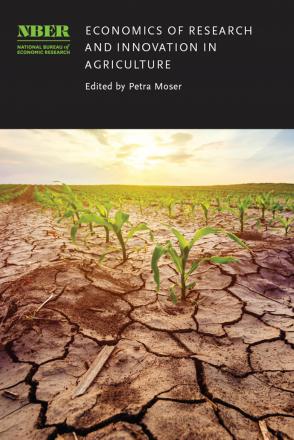Quantifying Heterogeneous Returns to Genetic Selection: Evidence from Wisconsin Dairies

Estimates of productivity growth in the dairy sector attribute as much as half of observed growth to genetic improvement. However, productivity can be over-attributed to the quality of the genetics instead of the skill of the farmer in selecting them when models ignore selection bias in the dairy cow production function. Our work decomposes total productivity change on Wisconsin dairy farms due to genetics into separate effects for genetic improvement and endogenous selection. Using data from a large sample of Wisconsin dairy farms and national-level data on dairy sire rankings, we develop and estimate a model that accounts for selection behavior in the animal’s production function. We find that selection accounts for as much as 75 percent of the total productivity improvement in our sample. Our results provide evidence for positive assortative matching, whereby farmers who adopt above-average yield genetics also perform better than average for their chosen genetics. Overall, our results indicate that a large portion of productivity growth in dairy farming can be explained by farmers’ ability to identify and select genetics well suited to their production environment, and not solely the quality of the genetics they choose.
-
-
Copy CitationJared Hutchins, Brent Hueth, and Guilherme Rosa, Economics of Research and Innovation in Agriculture (University of Chicago Press, 2019), chap. 2, https://www.nber.org/books-and-chapters/economics-research-and-innovation-agriculture/quantifying-heterogeneous-returns-genetic-selection-evidence-wisconsin-dairies.Download Citation


